Scrabble Word Finder
Today's Mini Crossword
Like NYT Mini, but free. Forever. No paywall.
WordQuest Unlimited
Free Unlimited Wordle. Start Your Streak!
Scrabble Word Finder is a helpful tool for Scrabble® players - both on a traditional board and Scrabble Go fans. By entering your letter tiles in the search box, Scrabble Word Finder finds the best cheats and high scoring words instantly. The advanced options are intuitive, and easy to use, for seasoned pros and newcomers alike.
Ultimate Scrabble Word-Finder and Game Guide
“What words can I make with these letters?” This is the constant question when trying to win Scrabble. A word cheat tool is a handy thing that can help you unscramble letters to make words. With letters on your tray that are hard to use, like X, Z, Q, or nothing but vowels, it can be almost impossible to figure something out without a Scrabble word-finder cheat! Of course, “Scrabble cheat” may be the wrong way to think about it; it's more like Scrabble word-search help. This powerful tool allows you to train your brain, build your vocabulary muscles, become a master Scrabble anagram solver, impress friends, strike fear into the hearts of your enemies, AND, naturally, learn some new words. Use our free Scrabble solver with blank tiles or question marks to unscramble words, cheat with permission, or just become better at the game!
Besides our ultimate word unscrambler tool, we also have some other helpful tips and tricks to help you win Scrabble®. Word-help searches for common problems like “two-letter scrabble words” and “words that start with Q” are listed here, and we’re also going to go into some Scrabble rules, a short history of the board game, some of the top strategies, and the best words for winning. We’ll answer any common questions you might have about the classic word game. Solver tools let you unscramble words, finder searches can help you solve specific problems, and all of our information can help you become the ultimate Scrabble champion!
50 Scrabble Words to Win With (Infographic)
You might already be an expert Scrabble word finder, sitting next to your Scrabble dictionary and looking up the definition whenever you come across a word you don't know, but an essential piece of the game is something unrelated to your vocabulary: the strategy. You have to know the rules, so you don't accidentally make a big mistake in Scrabble® - you don't want to cheat or perform an illegal move. You also need to know some of the special tips for getting the most points possible! See a rundown in the next section.
A Short Timeline of the Scrabble Board Game
How, why, when, and where did Scrabble originate? Americans weren’t always obsessed with the question, “What do these letters spell?” A few people with ingenuity in New York in the 1930s and ’40s developed the game we now know and love. Here’s a brief Scrabble timeline:
- 1930s: During the Great Depression, when Scrabble was invented, an unemployed architect from Poughkeepsie, New York, named Alfred Mosher Butts begins designing the popular game, which he imagines as a combination of a board game, number game, and crossword puzzle. As urban legend has it, he chose the frequency of the game’s tiles and their values by counting up the letters on the front page of The New York Times. Funny enough, he reportedly did not like to spell.
- 1948: After selling the game as “Lexiko” and then as “Criss-Cross Words,” Butts hands the reins to a New Yorker named James Brunot to mass-produce the game. Brunot comes up with a new color scheme as well as the now-famous name “Scrabble.” The game is trademarked in this year.
Fun Fact: The word “scrabble” is a real word; it means “to scratch, claw, or grope about clumsily or frantically.” You can play the word scrabble in the game Scrabble if you have the right tiles!
- 1949:Brunot and his family rent an abandoned schoolhouse in Dodgington, Connecticut, to hand-produce the game. They reportedly make 2,400 sets but lose $450.
- 1950s: Scrabble explodes in popularity when Jack Straus of Macy’s goes on vacation and discovers the game, deciding he wants to sell it in Macy’s stores.
- 1952: The game is licensed to and manufactured by the Selchow & Righter Company.
- 1953: Some of the rules, like parallel words and the effects of premium squares, are clarified.
- 1973: The first tournaments begin, unofficially at first.
- 1976: The rules are updated again to make clear who goes first, whether a player can pass their turn, and the final scoring.
- 1978: The first national tournament is held, the North American Invitational.
- 1984: Scrabble becomes a game show on NBC, running until 1990.
- 1986: Selchow & Righter is sold to COLECO Industries.
- 1989: COLECO Industries and its games are sold to today’s owner, Hasbro Inc.
- 1991: The World Scrabble Championship (WSC) officially begins.
- 1999: There is another major rule change, making clear some of the rules around challenges.
- 2003: The first National School Scrabble Championship takes place in Boston.
- 2004: The game is inducted in the National Toy Hall of Fame.
- 2009: The competing online game Words With Friends is released and is an overnight success.
The Basics of the Official Scrabble® Rules: How to Play
One might be surprised that the official Scrabble® rules are fairly sparse. But don’t be fooled: It’s deceptively complex, with special championship or tournament rules and many different examples of creative house rules. What are the Scrabble rules newbies need to know in order to play? Here are some of the absolute basics of how to play Scrabble:
- Which words are officially allowed? There is a sanctioned dictionary produced by Merriam-Webster: the official Scrabble dictionary, online or in print. You can also check the word against the official Hasbro Scrabble page. It’s recommended to officially decide on a game dictionary before the game begins.
- Which words are not allowed? Some types of words are not allowed, like foreign words that do not appear in official English-language dictionaries, abbreviations, suffixes, prefixes, hyphenated words, any word requiring an apostrophe, and proper nouns (or any word ordinarily requiring a capital letter).
- Which Scrabble letter is worth the most? Q and Z are both worth 10 points and are the highest-point letters in Scrabble. Here’s how the rest of the letters rank in terms of Scrabble points:
- 10 Points: Q, Z
- 8 Points: J, X
- 5 Points: K
- 4 Points: F, H, V, W, Y
- 3 Points: B, C, M, P
- 2 Points: D, G
- 1 Points: A, E, I, L, N, O, S, T, R, U - In Scrabble, can you make two words? Yes and no. When putting down new tiles, you must stick to placing tiles in one direction and stick to the row or column you started with. You can add letters both before and after an existing word in a single turn, but it must be going in the same direction to make a single word. But in Scrabble, can you add to a word and end up making more than one word? Yes, you can; the process is colloquially called “hooking” or “parallel words.” With parallel words, you might be able to complete and score points for several words, not just two. Basically, there are three main ways to form new words in Scrabble:
- You can add more letters to a word that’s already been placed on the board.
- You can place a word at a right angle, using one of the letters already on the board or adding a letter to an existing word.
- You can place a complete word parallel to a word already on the board, as long as the adjacent letters all form complete words. - In traditional Scrabble®, how many players can play? The traditional board game is for two to four players.
- In traditional Scrabble®, who goes first? After setting up the board and racks and deciding on a dictionary and any house rules, each player draws one tile from the pouch, and the player with the letter closest to “A” goes first; the second player is the one to that person’s left. Next, put the letters back into the pouch and mix them up. Then, each player draws seven letters to place on their rack. The first player needs to place a word on the board that crosses the square in the middle. That’s how Scrabble starts! Then, they should add up their score and draw tiles to replace the ones they played before the turn passes to the next player.
- How does the game end? There is sometimes confusion about how Scrabble ends. The game ends when all of the letters have been drawn and one of the players uses their last letter (or when all plays possible have been made). When Scrabble ends, players may double-check their scoring, paying attention to the bonuses on the grid itself, and then, they must subtract the values of their unplayed letters from their score. If a player ends the game with an empty rack, they should add the values of everyone else’s unplayed letters to their score. Then, the highest point total decides the winner of the game.
- When you’re playing Scrabble®, when you can’t go, what’s allowed? The official rules allow you to pass your turn and use it to exchange “all, some, or none” of the letters you have. This can slow down gameplay, so some people’s house rules allow the use of an online Scrabble word-maker tool like ours along with some sort of point penalty. (Players will definitely want to agree to this beforehand!) This may be a good idea to speed things along if you’re playing with young or new players who want to learn the game and have fun. For instance, if you’re a parent trying to expand your child’s vocabulary, using a free Scrabble word-builder and then going over what the word is and its definition might be a good idea!
- Could I be playing the game wrong? Firstly, obviously, it’s important to have fun, so if you’re all flustered, consider taking a short break. But one common mistake a lot of players make is not picking a Scrabble word dictionary to use at the beginning of the game. That makes challenges hard later! You might even want to allow it to be used as a reference throughout the same for someone who is new to Scrabble®. Cheat tools like a Scrabble word-checker should definitely not be used without the other players knowing about it, though. Often, casual players are fine with someone new using a Scrabble helper, but absolutely ask permission before looking for a hint: You want to be known as the one who wins, not the one who cheats! And lastly, make sure you understand the rules about parallels. If you make a horizontal word that makes sense but one of the vertical words isn’t a word, you can’t place it.
It’s important to point out that there are several special rules in Scrabble®; for instance, you can get a 50-point bonus if you use all seven of your tiles in one turn (called a “bingo”). You can also get extra points by using bonus squares on the board, including the coveted “triple-triple,” when you play a word covering two triple word score squares. The special squares are double letter (DL), triple letter (TL), double word (DW), and triple word (TW). Bluffing is also allowed; it's OK to play a fake word if you can get away with it! But your opponents can challenge a word if they think it's fake, and if you're caught, you'll face a penalty. (Maybe don't risk it if they already have a Scrabble dictionary handy!)
The Highest-Scoring Scrabble Word (and Other Amazing Scrabble Moves)
What Is the Highest-Scoring Scrabble Word in History?
It’s “caziques,” which is a variant of “cacique,” meaning “a native Indian chief in areas dominated primarily by Spanish culture.” It’s also a type of bird. On their own, the letters add up to 28 points, which isn’t too shabby, but in 1982, Karl Khoshnaw landed his Q on the double letter score box, his word landed on a triple-triple, and he got a 50-point bingo bonus, resulting in a total of 392 points.
The game has been full of tricky moves like that; just check the official NASPA records. Here are some of the other best Scrabble words and moves played in the game’s history as well as the latest Scrabble champions!
Scrabble & Scrabble Go Tips and Tricks: Sneaky Strategies
As you can see from the highest-scoring Scrabble words, a huge vocabulary isn’t necessarily the secret to winning games. Being a master of placement is how to win at Scrabble. Can’t make a word? Chances are decent that you can pluralize one, add a suffix, or do something sneaky instead. Here are some other tips for winning Scrabble every time you play:
Tip #1: Aim to Get a Bingo
It’s 50 points; that’s nothing to sneeze at! You get a Scrabble bingo when you use all seven of the letters on your rack at once. Use our Scrabble word generator to practice figuring out seven-letter words and eight-letter words that will let you get rid of everything at once. This is a great reason to hang onto blank tiles as well.
Tip #2: Become a Master at “Hooking”
In Scrabble®, hooking is the practice of adding a letter to a word already on the board (usually an S) and then using that one letter to build a new word in the opposite direction. For example, you could add an “S” to the end of “hat” to create “hats” and then use the “S” to write out a whole new word, like “shield.” What’s important to remember is that once you pick a direction to drop letters in, you must keep to that same column or row.
Tip #3: Memorize High-Scoring Two-Letter Words for Parallel Words
Those semi-annoying words like aa, qi, xi, xu, ja, and ax are absolutely vital to your late-game performance, when there’s often less space available, especially if you’re planning on doing a parallel play. Parallels in Scrabble are sort of like the practice of hooking gone extreme: You can add a whole word parallel to another word, as long as the combination of letters line up to form words themselves. For example, if the word “zit” is on the board horizontally, you could add the word “at” horizontally underneath it, forming both “za” and “it” vertically. This practice can rake in a bunch of points later in the game!
Tip #4: Have Backup Words in Mind for Tough Situations
If you have a Q, the urge might be to hang onto it forever until you get a U, but it’s important to remember that all unplayed letters are counted against you in the end. A Q tile is worth 10 points, so that would take 10 points off of your score! Sometimes, you need to figure out what to do with a Q quick, and the same goes for Z, which is also worth 10 points. Use our word scramble finder tool to figure out words ahead of time so you’re prepared for tricky situations, like when you have a Q without a U.
Tip #5: Pay Close Attention to the Board Itself
Remember if you’re a Words With Friends fan that the board for Scrabble is very different! Things are arranged differently so you’ll need to develop a strategy. For instance, it’s really important to keep in mind that you can get a “triple-triple.” According to the rules, “If a word is formed that covers two premium word squares, the score is doubled and then re-doubled (4 times the letter count) or tripled and then re-tripled (9 times the letter count).” Combining that with a powerful letter like Z, Q, or J can result in a ton of points, especially if you happen to get a bingo at the same time!
Scrabble FAQs
Here are some more interesting facts about one of America’s favorite board games.
Who Manufactures Scrabble?
Hasbro Inc. manufactures it within the U.S. and Canada, and Mattel manufactures it abroad.
Who Decides Scrabble Words?
Two main word lists exist: the Official Tournament and Club Word List (aka OWL or TWL) for players within North America and Collins Scrabble Words (aka CSW or SOWPODS) for players outside of the U.S. and Canada. There are some small differences. It may be odd, but this is a surprisingly political question, with some offensive words being removed from the OWL and a great deal of stress being caused by new versions.
The OWL is typically based on the Merriam-Webster dictionary, and the CSW is based on the Collins dictionary.
At the end of the day, though, who decides Scrabble words is you, the player: In the rules, it states that players should collectively decide at the start of the game which dictionary they’ll be checking during challenges. If you as a group, prefer the Oxford dictionary, for instance, you simply need to agree beforehand.
How Many Tiles in Scrabble Are There?
There are 100 total tiles in a game of Scrabble. If you feel like you’re missing some, feel free to count them up, there should be 98 letters and two blank tiles.
Here’s how many tiles there are for each letter in Scrabble:
- 12 tiles: E
- 9 tiles: A, I
- 8 tiles: O
- 6 tiles: N, R, T
- 4 tiles: D, L, S, U
- 3 tiles: G
- 2 tiles: B, C, F, H, M, P, V, W, Y, Blanks
- 1 tile: J, K, Q, X, Z
If a few have come up missing, you can often find replacement tiles online on sites like Etsy or Amazon. Also, you can use this list to make your own DIY Scrabble board, like a hardwood version or a magnetic board.
Can You Play Online? What is Scrabble Go?
One of the most popular apps for playing a Scrabble-like game is Words With Friends produced by Zynga, though there are differences between Words With Friends and traditional Scrabble. (For example, there’s no 50-point bonus in Words With Friends, and the board layout is different.) Some prefer the official Scrabble app produced by Scopely. There is also an official Facebook version of the game.
Why Is Scrabble Good for Your Brain?
Incredibly, the effects of playing Scrabble have been studied a great deal. Researchers have found that expert Scrabble players use different parts of their brains than non-experts, relying more on visual perception, and scientists hope that these discoveries mean that a fun word game like this one can be helpful to people with neurological degenerative conditions like Alzheimer's disease. Scrabble® is also praised as a fun word game for kids looking to work on their vocabulary and spelling, increase game skills, and practice thinking critically. But engaging people and bringing them together in a friendly and competitive way is why Scrabble® is important to us. Other word games like the wordle, in its different variants like spanish wordle are found to have incredible effect on cognitive brain associations too.
Ultimate Scrabble Cheat & Word Finder Guide (Scrabble and Scrabble Go)
Scrabble cheat, Scrabble word finder, Scrabble Go Word Finder, dictionary checker, no matter which term you type into Google, you’re looking for one thing: a fast, free tool that turns your rack of random tiles into high‑scoring words. This consolidated guide blends the best advice from our former pages into a single, SEO‑optimized resource that covers classic Scrabble, Scrabble Go and even Words With Friends.
1. What Is a Scrabble Cheat or Word Finder?
A Scrabble cheat (aka word solver, word generator or word finder tool) lets you enter your letters (wildcards included) and instantly returns every playable word based on the official Scrabble dictionary, OTCWL, CSW or NASPA Word List. Use it to:
- Unscramble anagrams when you’re stuck.
- Scout bingos (seven‑letter plays) for 50‑point bonuses.
- Learn new two‑ and three‑letter words like QI, ZA, XU, and TE that dominate premium board squares.
2. How to Use a Scrabble Cheat in 3 Easy Steps
Using a Scrabble Cheat in 3 Easy Steps
- Step 1 – Check Your Rack:
Note the exact letters (and any blanks) you have. For example, E A R D. - Step 2 – Open a Word Finder:
Launch any trusted word‑finder site or app that uses an official Scrabble word list. Type EARD and hit Search. - Step 3 – Play the Best Word:
Pick the highest‑value option from the results, such as READY, DEAR, DARE, or READ.
3. Scrabble Cheat Board (Track the Whole Game)
Many word‑finder sites include an interactive Scrabble cheat board:
- Paste the best words from your solver.
- Click to place them on the virtual board (horizontal or vertical).
- Log your opponent’s plays (wildcards included) to mirror the real board.
- Let the tool auto‑calculate both scores so you can focus on strategy, not math.
4. Scrabble Go Word Finder & Game Modes
Scrabble Go (by Scopely & Hasbro) brings official Scrabble rules to mobile with extra modes:
- Duel: Five rapid turns per player.
- Tumbler: Rotating anagram puzzle against the clock.
- Rush: Solo speed‑run with limited moves.
Because each mode is timed, fire up your Scrabble Go cheat before the match starts to avoid losing a turn while you type.
5. Winning Tactics for All Versions
- Own the Premium Squares: Double‑ and triple‑letter/word spaces multiply points exponentially.
- Play Short but Mighty: Two‑letter gems like QI, ZA, JO can chain onto existing words for big returns.
- Max Out Q, Z, X, J: Drop 10‑point tiles on TL or TW squares (QAT, TZAR, ZEALOT).
- Stay Flexible: Re‑evaluate after every opponent play; the highest opening isn’t always the original one you spotted.
- Keep a Poker Face (IRL): Disguise your digital assistance when playing face‑to‑face.
6. Scrabble Dictionary Checker & Official Word Lists
- OSPD – Casual U.S. play; Official Scrabble Players Dictionary (Merriam‑Webster, 6th ed. 2018).
- OTCWL – Tournament play in the U.S. and Canada; Official Tournament and Club Word List that replaces OSPD for pro events.
- CSW (Collins) – Primary list for international competitions outside North America; Collins Scrabble Words.
- SOWPODS – Preferred in Britain and Australia; amalgamates OSPD and Official Scrabble Words (OSW).
- NWL (NASPA Word List) – Current competitive standard for adult tournaments in North America, curated by NASPA.
A quick Scrabble dictionary online checker lets you validate (or challenge) any word before the next turn, complete with definitions, parts of speech and synonyms.
7. FAQs (Rapid‑Fire)
Q: Is using a word finder cheating?
A: In casual games it’s “strategic assistance.” For tournaments, outside software is prohibited.
Q: Will the tool give definitions?
A: Yes, most solvers display meaning, part of speech and alternate forms.
Q: How do I challenge a word?
A: Call “Challenge” before the next move, consult an approved dictionary. Invalid words come off the board; the player loses the turn.
8. Key Takeaways
- A Scrabble cheat / word finder transforms random tiles into scoring machines.
- Interactive cheat boards and Scrabble Go optimizations save precious seconds in timed modes.
- Master official word lists and two‑letter shortcuts to out‑play and out‑score your rivals.
Now bookmark this guide, keep your preferred word solver handy, and start racking up triple‑word wins in Scrabble, Scrabble Go or Words With Friends today!
- 5 Letter Word Starting with J
- 4 Letter Words
- Words with Z And X
- Y Words
- 2 Letter Words with C
- 7 Letter Words That Start with A
- 2 Letter Words That Start with V
- V Words
- Y To X Word Meaning
- Words with J And D In Them
- Word with Q And H
- 2 Letter Words with C
- 7 Letter Word Starting with C
- Word with G And Q
- Words with Two V's
- Words Ending In Go
- Words with Ff At The End
- Words Ending In Ons
- Word with P And Z
- Words That End In Hi
- Words with Kex At The End
- Dev Words
- Words That End In Ass
- Words That End with Letter F
- Words That End with Ah
- Sh- Words
- Words Starting with He
- Words with S
- Words That Begin with Er
- Words with H And R
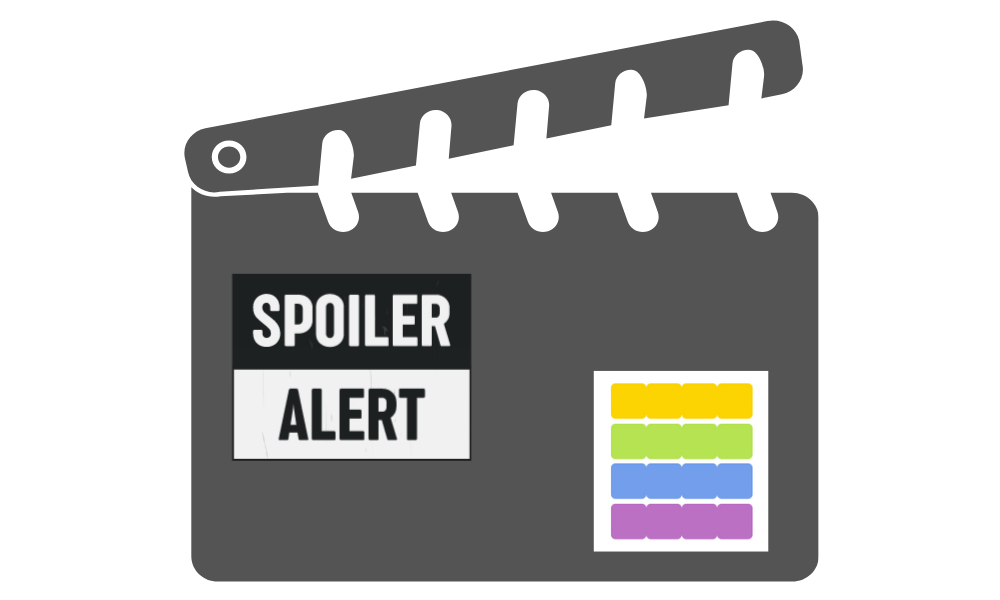
Connections NYT: Hints For Today's Puzzle, Sat, Dec 27
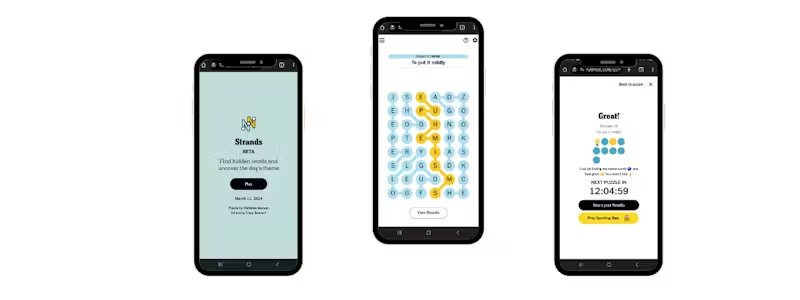
NYT Strands Today - Hints, Spangram & Answers for December 27
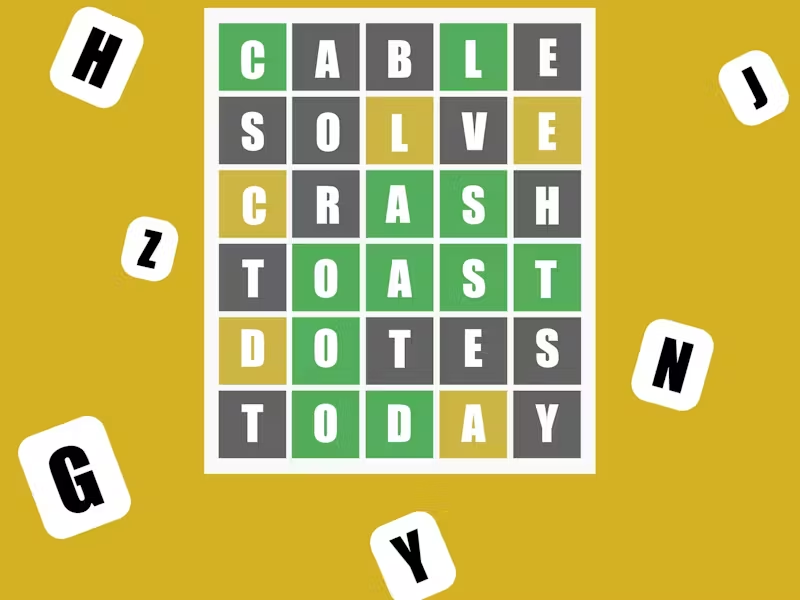
Today’s Wordle Answer Dec 27 #1652- NYT Wordle Hints & Updates
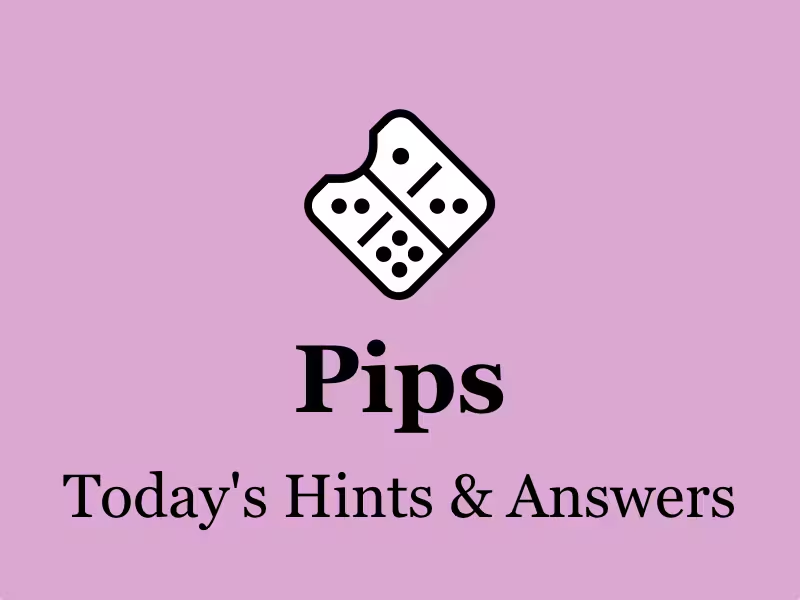
Today's NYT Pips Hints & Answers
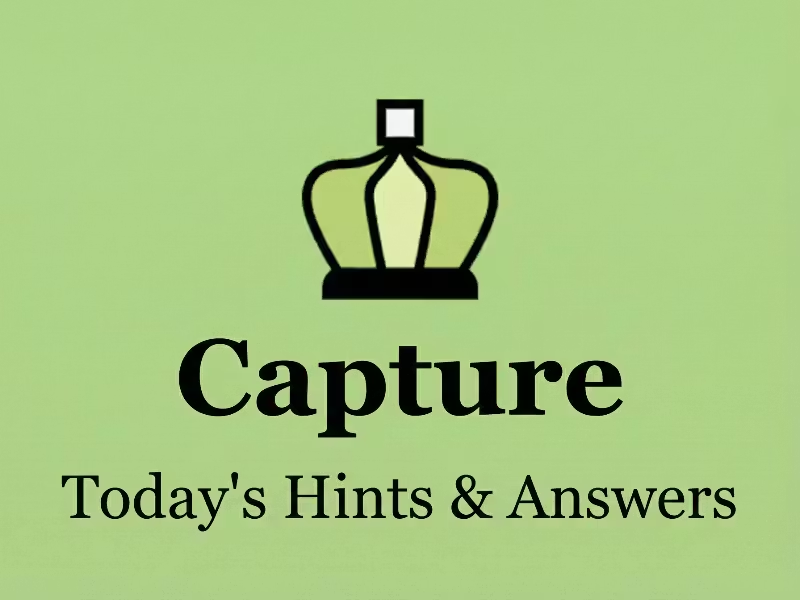
Today's NYT Capture Hints & Answers
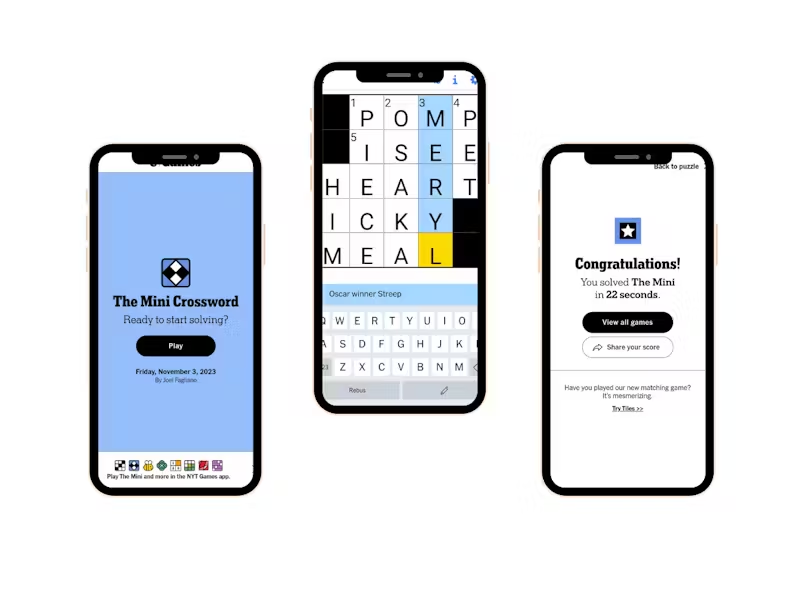
NYT Mini Crossword Answers Today - The Mini for Dec 27 Solved

